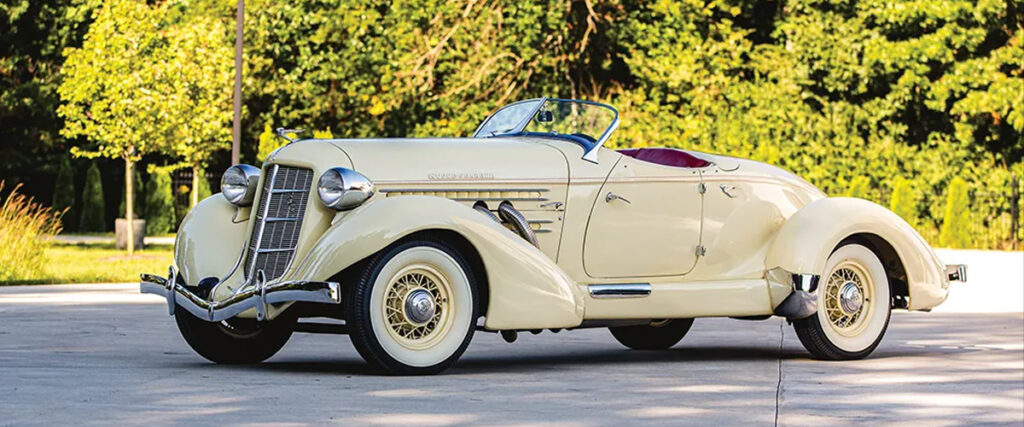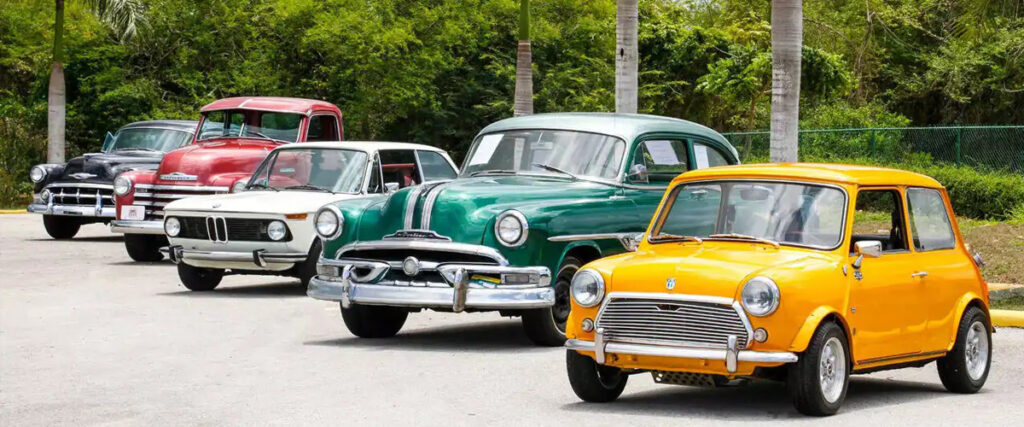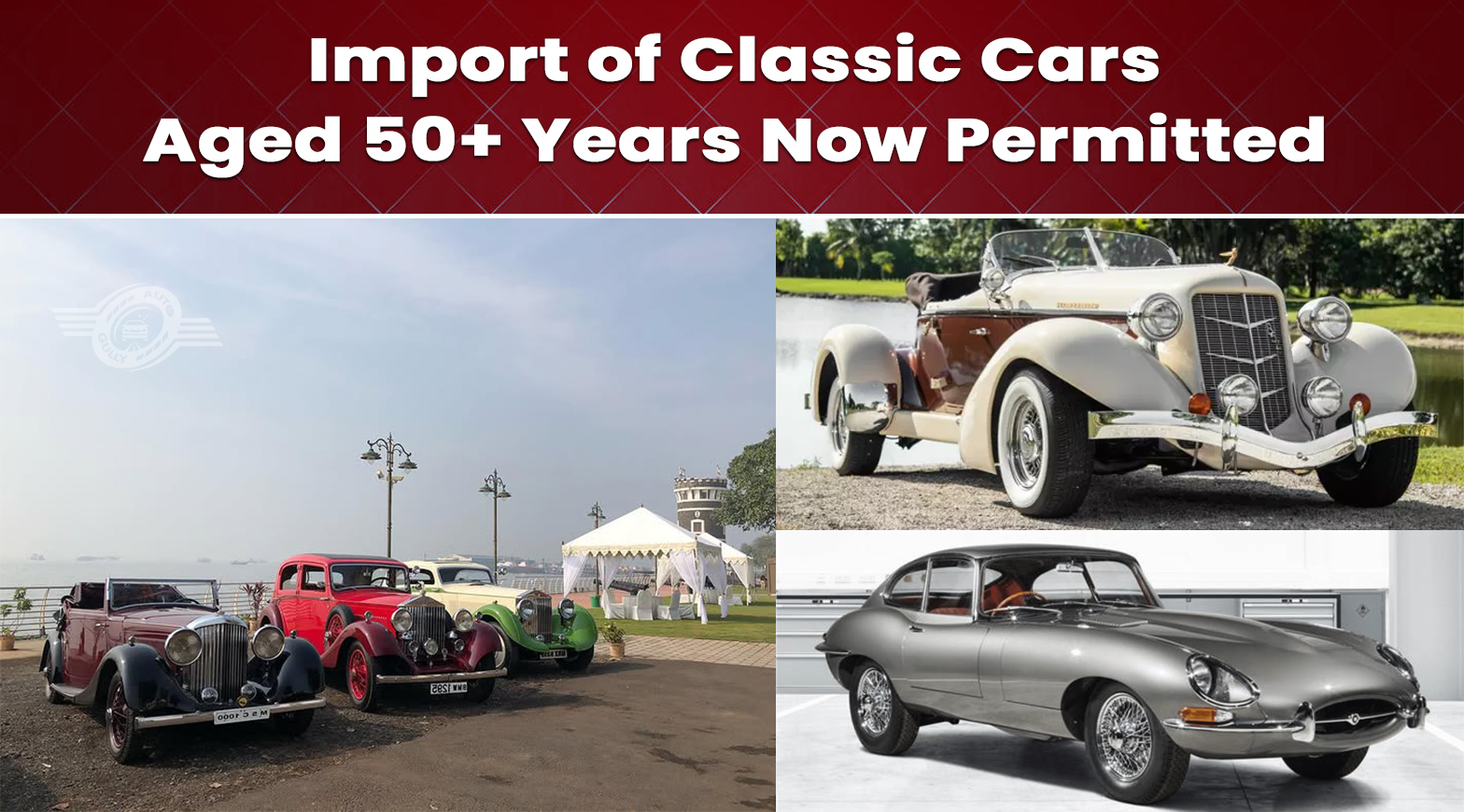Great news for vintage and classic car fans. The Indian government has made an exciting change to its import policy, now allowing cars that are 50 years or older to be imported without a license. This means that, for this year, vehicles manufactured up to 1975 are eligible expanding the previous limit from just before 1950 to include a whole additional 25 years of automotive history.
These cherished vintage cars can be imported by their actual owners, but it’s important to note that resale of these vehicles is strictly prohibited. What’s even better is that the eligibility will continue on rolling basis next year cars built up to 1976 will qualify as well. The vehicle’s age will be determined based on the its first registration date after it was initially sold.
This opens the door of iconic classics from renowned brands like Mercedes, Jaguar, Porsche, and those powerful American muscle cars all now within reach for passionate collectors and enthusiasts alike.
Is Importing Vintage and Classic Cars Now Fully Free?

Absolutely, there are fees involved in the process. While it’s true that the import itself doesn’t require a license, users must still pay the necessary duties and fees to bring these cars in. When you factor in customs duty, GST, and registration costs, you are looking at a total approximately 250 percent of the car’s invoice. It’s essential to understand these expenses to make informed decisions when importing vehicles.
What are the Usage Restrictions for These Classic Cars?

The Directorate General of Foreign Trade has implemented a strict ban on the resale of imported vintage cars in India, emphasizing that these vehicles are intended solely for personal use and cannot be traded under any circumstances. This decision is significant, as it sets the stage for potential future regulations, like introducing a five-year no-sale rule for everyone who disregards this policy. Additionally, any car meant to be driven on public roads must adhere to Motor Vehicles Act of 1988 and the Central Motor Vehicles Rules of 1989. This policy marks a pivotal moment for vintage car enthusiasts in India. It not only protects collectors but also holds the promise of increased job opportunities for restorers in this niche market. Embracing this regulation will ultimately enhance the preservation and appreciation of vintage automobiles while supporting skilled trades within our economy.

